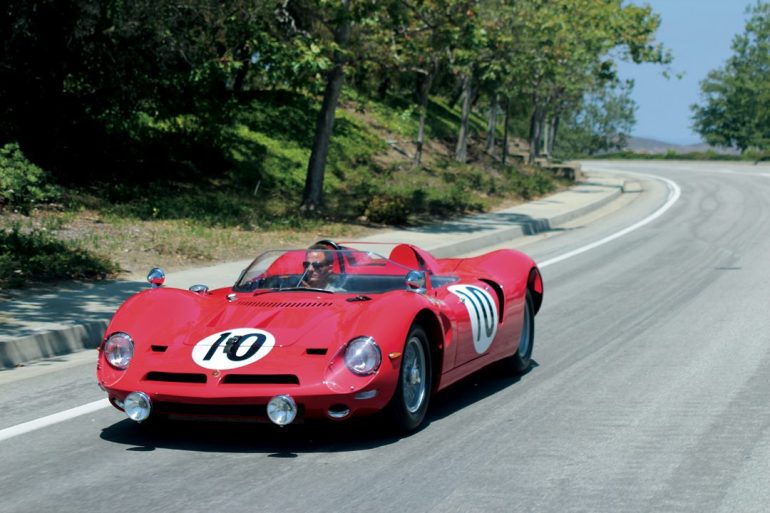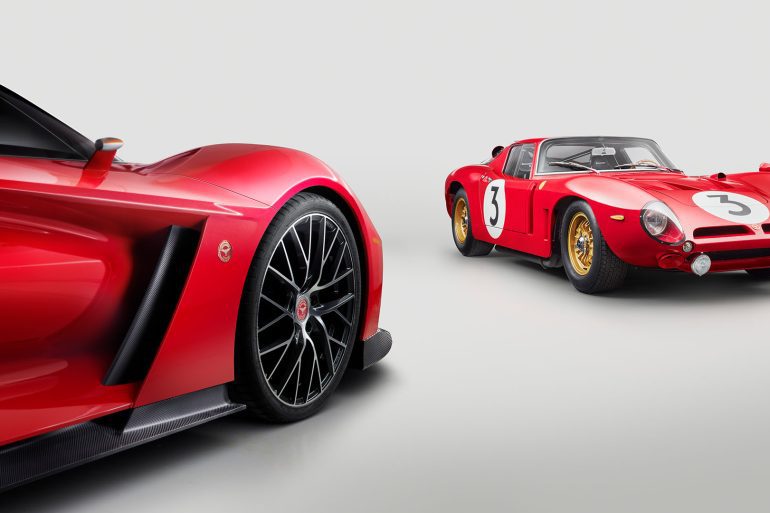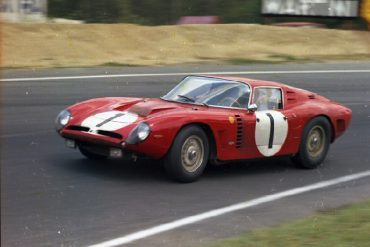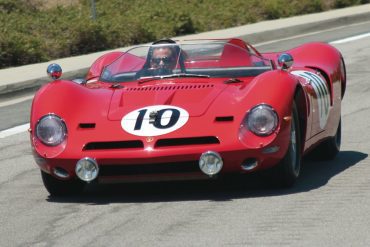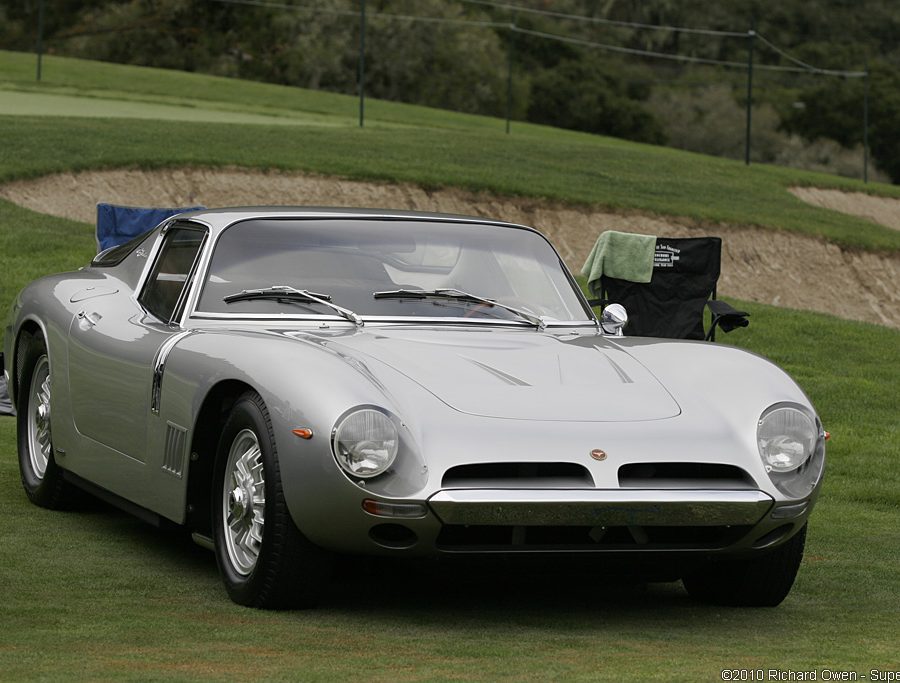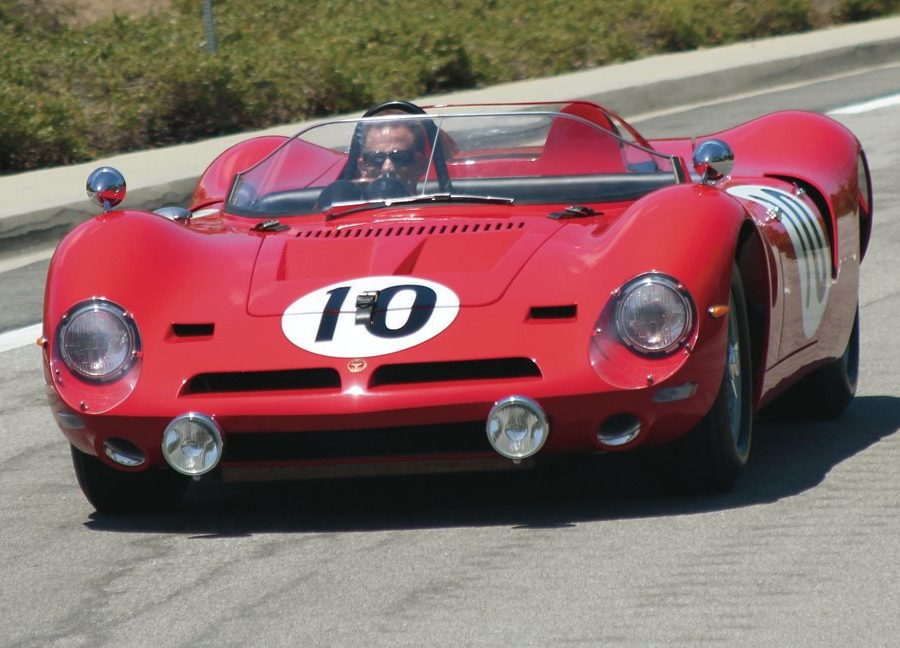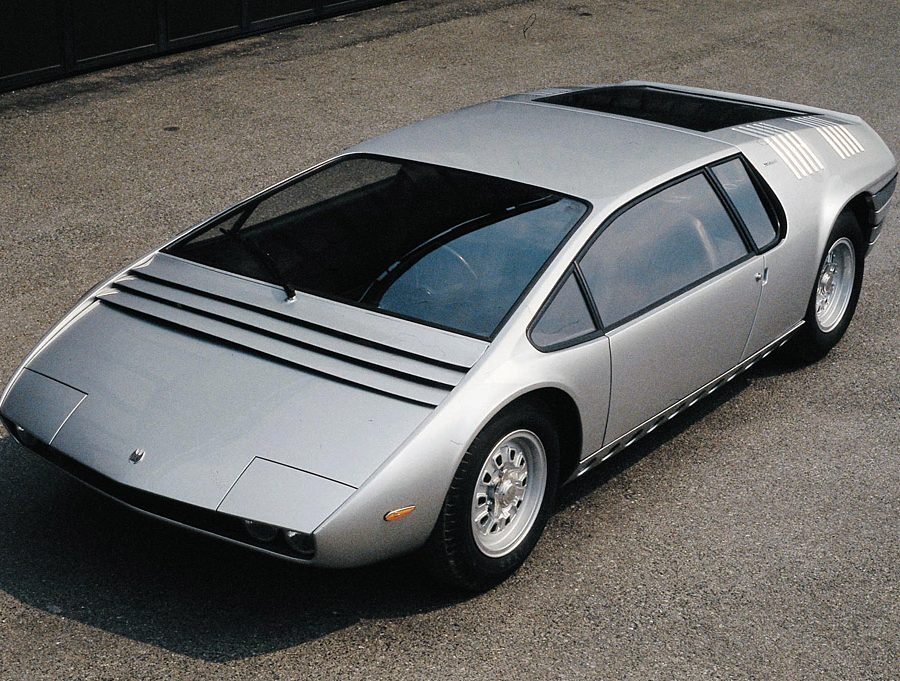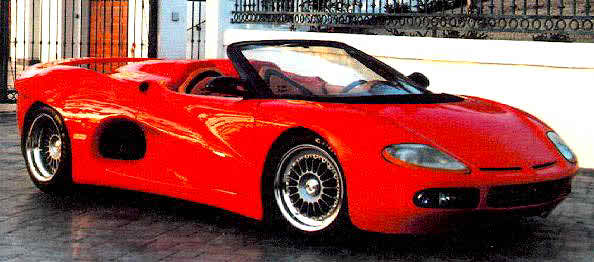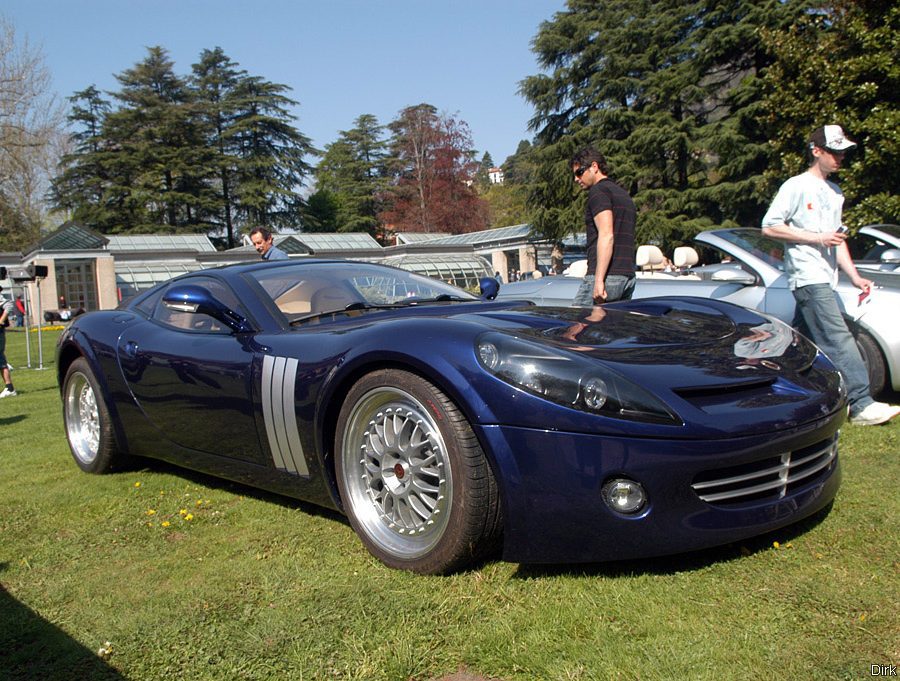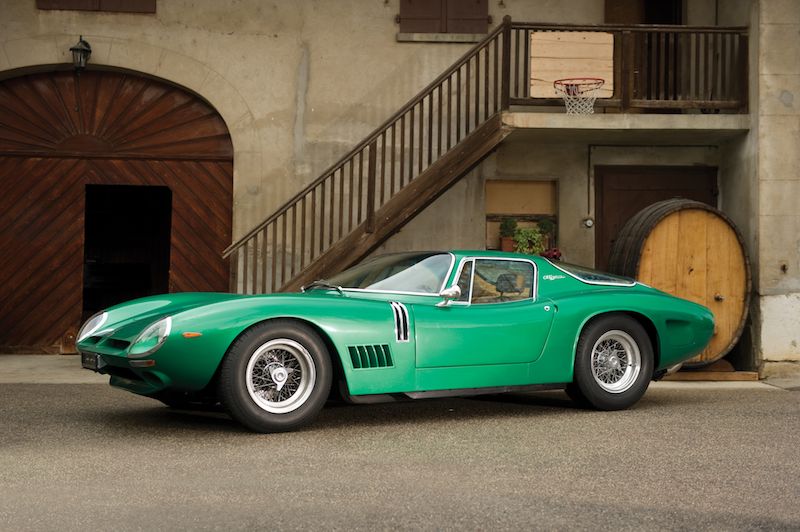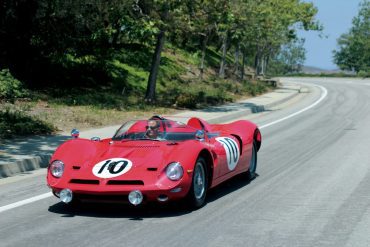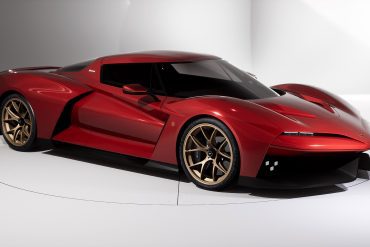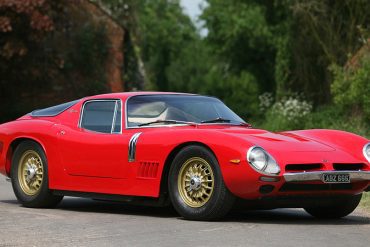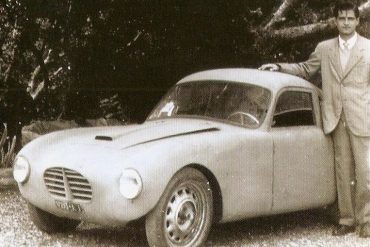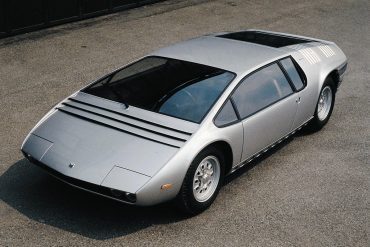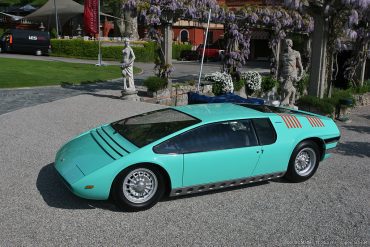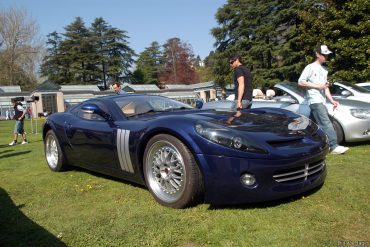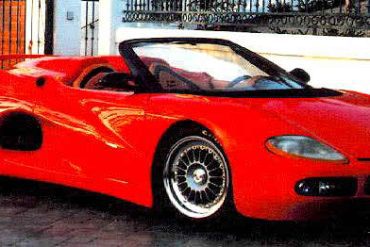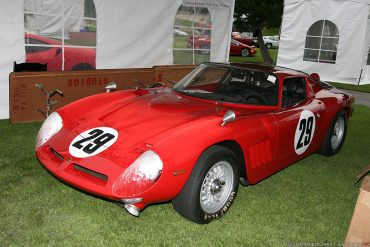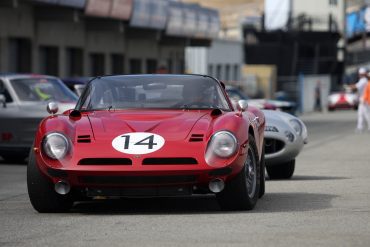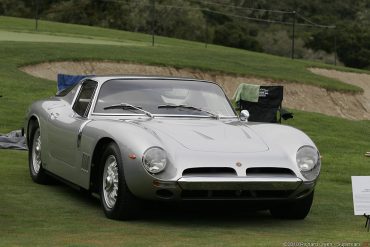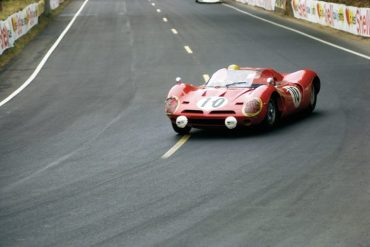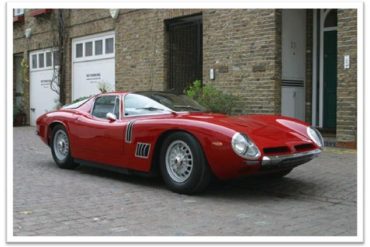
Bizzarrini
Research, History, Reviews, Media & More
The Introduction / Model Guides / News & Updates / Featured Stories
Bizzarrini: The Legacy of Italian Automotive Mastery
Bizzarrini is a name that echoes through the halls of automotive history, representing a blend of engineering brilliance, Italian flair, and a passion for high-performance cars. Founded by one of the most respected engineers in the automotive world, Bizzarrini’s cars were known for their innovative design and incredible speed. This post explores the founding of Bizzarrini, its storied history, the iconic models that defined the brand, and the milestones that solidified its legacy in the world of sports cars.
The Founding Vision: Giotto Bizzarrini
Bizzarrini was founded in 1964 by Giotto Bizzarrini, an Italian automotive engineer with an impressive resume that included work with Ferrari, Alfa Romeo, and Lamborghini. Giotto Bizzarrini was instrumental in the development of some of the most famous cars of the 20th century, including the Ferrari 250 GTO, often considered one of the greatest sports cars of all time.
Bizzarrini’s decision to start his own company came after his departure from Ferrari during the "Palace Revolt" in 1961, a period of significant internal conflict within the company. With a deep passion for engineering and a desire to create cars that were both beautiful and incredibly fast, Giotto Bizzarrini set out to establish his own marque, focused on producing high-performance sports cars that could compete with the best in the world.
The Evolution of Bizzarrini: A Journey of Innovation and Excellence
Bizzarrini’s journey from a small startup to an iconic name in automotive history is marked by a series of remarkable cars and engineering achievements. Here are some key moments in the history of Bizzarrini:
The First Car: Bizzarrini 5300 GT Strada (1964-1968):
The Bizzarrini 5300 GT Strada was the first car produced under the Bizzarrini name. Based on the Iso Grifo A3C, which Giotto Bizzarrini had developed for Iso Rivolta, the 5300 GT Strada featured a powerful Chevrolet V8 engine and an aerodynamic body designed for speed and handling. The car was a masterpiece of engineering, with a lightweight aluminum body and a top speed of over 170 mph, making it one of the fastest cars of its time.
Racing Success:
Bizzarrini’s cars were not just built for the road; they were also designed to dominate the racetrack. The 5300 GT Strada, in its racing variant, competed in events like the 24 Hours of Le Mans, where it proved to be a formidable contender. Bizzarrini’s racing success helped establish the brand as a serious player in the world of high-performance sports cars.
The Bizzarrini P538 (1965-1969):
The Bizzarrini P538 was a mid-engine sports car designed for endurance racing. It was powered by a Chevrolet V8 engine and featured a lightweight fiberglass body. The P538 was notable for its innovative design, including a mid-engine layout that provided excellent balance and handling. Although it didn’t achieve significant racing success, the P538 remains an iconic and rare model in Bizzarrini’s lineup.
The Bizzarrini 1900 GT Europa (1966-1969):
The Bizzarrini 1900 GT Europa was a smaller, more affordable sports car compared to the 5300 GT Strada. It was powered by a four-cylinder engine sourced from Opel, making it more accessible to a broader audience. Despite its smaller engine, the 1900 GT Europa retained the distinctive styling and performance characteristics that defined Bizzarrini’s cars.
Special Milestones and Achievements
Bizzarrini’s history is marked by several significant milestones and achievements that have left a lasting impact on the automotive world:
Engineering Prowess: Giotto Bizzarrini’s engineering genius was evident in every car the company produced. His work on the Ferrari 250 GTO, Iso Grifo, and Lamborghini V12 engine solidified his reputation as one of the greatest automotive engineers of his time.
Racing Heritage: Bizzarrini’s cars were built with racing in mind, and their success on the track helped to establish the brand’s reputation for performance and innovation. The 5300 GT Strada’s performance at Le Mans and other endurance races remains a testament to the company’s engineering capabilities.
The End of Production (1969): Despite the success of its cars, Bizzarrini struggled financially and ceased production in 1969. However, the brand’s legacy lived on, with its cars becoming highly sought after by collectors and enthusiasts.
Resurgence and Revival: In recent years, the Bizzarrini name has seen a resurgence, with various efforts to revive the brand and produce modern interpretations of classic models. These efforts reflect the enduring appeal of Bizzarrini’s cars and the respect the brand commands in the automotive world.
The Enduring Legacy of Bizzarrini
Bizzarrini’s legacy is one of innovation, performance, and a relentless pursuit of perfection. The brand’s cars were more than just vehicles; they were works of art, designed with a level of precision and care that set them apart from their contemporaries. Giotto Bizzarrini’s influence on the automotive world cannot be overstated, and his contributions continue to inspire car enthusiasts and engineers alike.
Today, Bizzarrini cars are highly prized by collectors, with models like the 5300 GT Strada and P538 fetching high prices at auctions. The brand’s commitment to engineering excellence and performance has left a lasting mark on the world of sports cars, and its legacy continues to inspire new generations of car enthusiasts.
Conclusion
Bizzarrini’s story is a testament to the power of vision, passion, and engineering excellence. From its founding by Giotto Bizzarrini to its success on the racetrack and its enduring legacy, Bizzarrini remains one of the most revered names in automotive history. The brand’s cars are celebrated not only for their performance but also for their design, innovation, and the indomitable spirit of their creator. As the automotive world continues to evolve, Bizzarrini’s legacy will undoubtedly continue to influence and inspire, reminding us of a time when cars were built with passion and precision, and when driving was truly an art form.
Bizzarrini Basics
Founded: 1964 in Italy
Founder: Giotto Bizzarrini
Key people: Julian Jenkins (CEO)
Owner: Rezam Al Roumi
Parent: Pegasus Auto Group
Did You Know
Giotto Bizzarrini, the founder of Bizzarrini, was a former engineer at Ferrari. He was instrumental in the development of the Ferrari 250 GTO, one of the most famous and valuable cars in the world.
Bizzarrini started his own company after the famous "Palace Revolt" at Ferrari in 1961, where several key figures, including Bizzarrini, left the company due to disagreements with Enzo Ferrari.
The Bizzarrini 5300 GT Strada was built using a Chevrolet V8 engine, which was a departure from the Italian tradition of using Italian-made engines. This combination of Italian design and American power created a car that was both stylish and incredibly fast.
Bizzarrini cars were designed with racing in mind. The Bizzarrini A3/C, a racing version of the 5300 GT, competed at the 24 Hours of Le Mans and finished first in its class in 1965, proving the brand’s engineering prowess on the world stage.
Before founding his own company, Giotto Bizzarrini collaborated with Iso Rivolta to develop the Iso Grifo A3C, which later evolved into the Bizzarrini 5300 GT. This collaboration is a key part of Bizzarrini’s early history.


